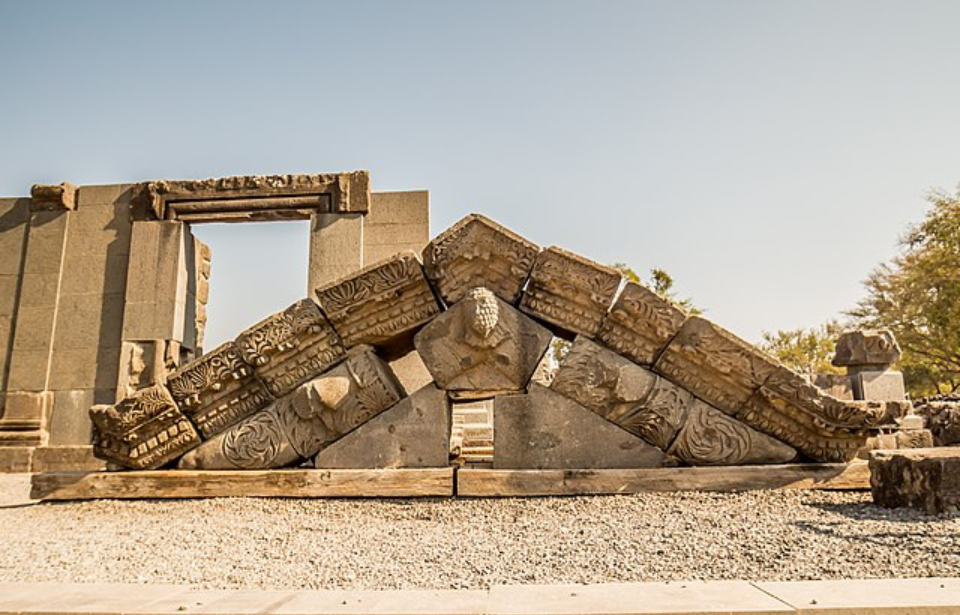When it comes to myths, legends and the Bible, a small number of towns are proud to offer up both. On a list of such places, one can easily locate the village of Chorazin, also known as Korazim. As the legend says, the Messiah, Jesus Christ, put a curse on this place, in which case it comes as no surprise that it’s currently abandoned.
If it wasn’t for the Bible, this ancient site would have probably been completely forgotten. Tucked away in the Korazim Plateau, overlooking the Sea of Galilee, Chorazin went down in legend as a village where Jesus performed some of his miracles.
Scarce historical evidence about Chorazin
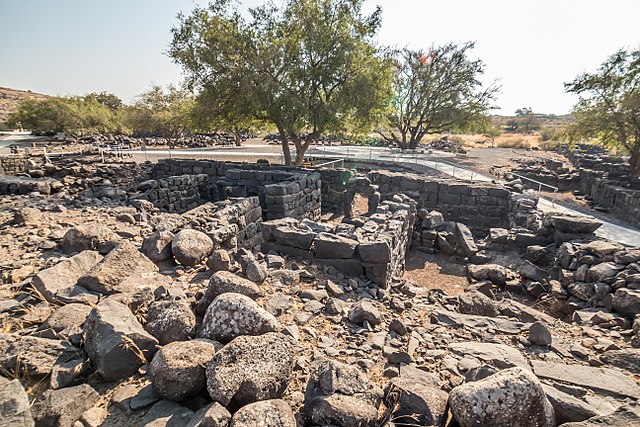
Bethsaida and Capernaum, another set of Biblical towns, formed the famous Evangelical Triangle with Chorazin, where most of Jesus‘ miracles took place. Historical evidence and documentation as to what really went on in this village are scarce.
The Jewish Talmud references Chorazin as a place blessed with an early harvest of grain, which “was of exceptional quality.” Archaeological research has revealed that the whole area is rich with volcanic soil, which allows the ground to heat up quickly, therefore producing more favorable conditions for grain and other crops to grow.
From what’s left today, researchers have revealed that Chorazin was most probably settled sometime in the 1st century BCE, with the majority of the population moving to the region a few centuries later. Unfortunately, the village’s partial destruction occurred not long after when an earthquake struck sometime in the 4th century AD.
Further evidence suggested that the town was reborn again in the 5th century AD.
Evidence of a Biblical town
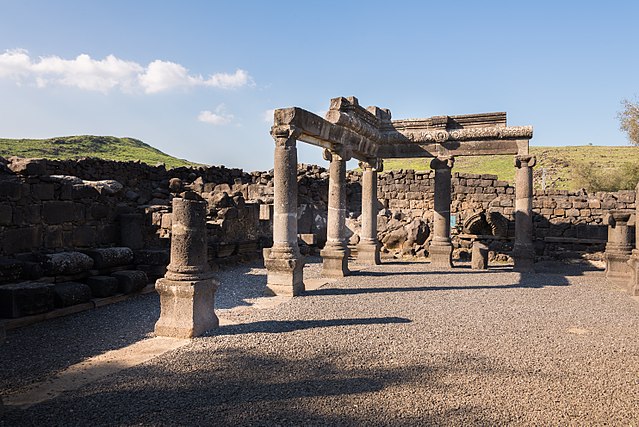
The Bible states the following in Matthew 23: 1-3, “Then Jesus spoke to the multitudes and to His disciples, saying: ‘The scribes and the Pharisees sit in Moses’ seat. Therefore whatever they tell you to observe, that observe and do, but do not do according to their works; for they say, and do not do.'”
During archaeological excavations that began in the 20th century, a synagogue was unearthed, inside of which was the “seat of Moses” – or the stone from which the Torah was once read. To some, this discovery is proof that Chorazin was, indeed, a Biblical town. It featured a large hall, with benches along the walls. Unusual was its lack of an upper balcony, suggesting that men and women weren’t segregated at the time of its construction.
Among the rest of the discoveries are a public square, a ritual bathhouse known as a “mikvah” and a number of other buildings, both residential and public. All of them were built with volcanic rock.
However, despite all of the archaeological excavations, no evidence has been found that the town was formed and thriving during the 1st century – or the time when Jesus was believed to have been alive. That being said, some archaeological evidence (coins and pottery) found just outside of Chorazin points to a 1st-century settlement, a find that has led some to believe that this might have been the village’s original location.
Jesus Christ reportedly put a curse on Chorazin
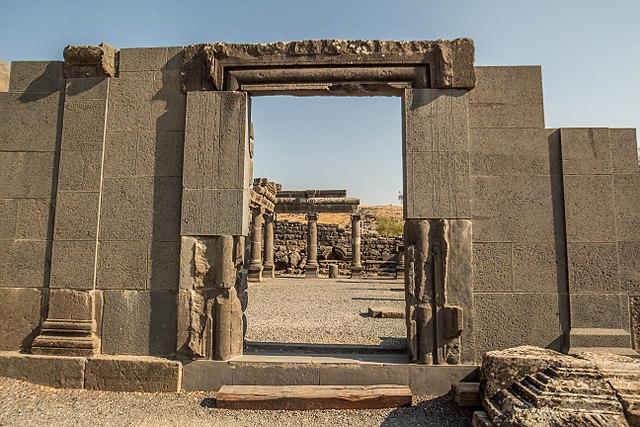
According to scripture and the Bible, Jesus performed miracles on the streets of Chorazin, Bethsaida and Capernaum for the better part of three years. His power was witnessed by everyone who happened to be around at the time.
Furthermore, the scripture says that, despite everything, the citizens of Chorazin didn’t change their ways. For this reason, the Messiah placed a curse upon the village, saying, “Woe to you, Chorazin! Woe to you, Bethsaida! For if the miracles that were performed in you had been performed in Tyre and Sidon, they would have repented long ago, sitting in sackcloth and ashes.”
According to some researchers, the reason behind them not changing might have been the era’s struggle with paganism. Adding credence to this theory is the fact that the head of Medusa was found on one of the walls of the synagogue. That being said, having mythological creatures and even Zodiac symbols on the walls of Jewish temples wasn’t rare back in those days, and other religious structures were adorned in this way.
Nothing more than ruin
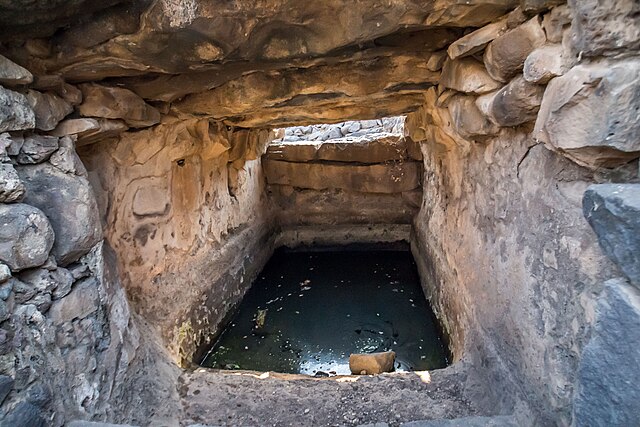
The once prominent village of Chorazin is nothing more than ruin today. Only legends, myths and Bible stories keep it in people’s memories, along with evidence of its later settlement in the centuries after, at which point the site was permanently abandoned.
A number of excavations have occurred over the years, with the last taking place in 2004, when the Israel Antiquities Authority worked along where the ancient road north of Moshav Amnun once ran. Today, visitors are allowed to visit the remnants of the ancient village, as it’s since become part of a natural park.
More from us: The Medieval-Inspired and Derelict Dundas Castle In the Catskill Mountains
For now, what really went on the streets of Chorazin is a mystery; like many others, it promises to remain unsolved for a very long time.
